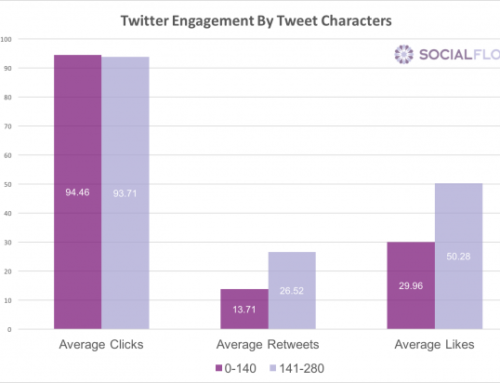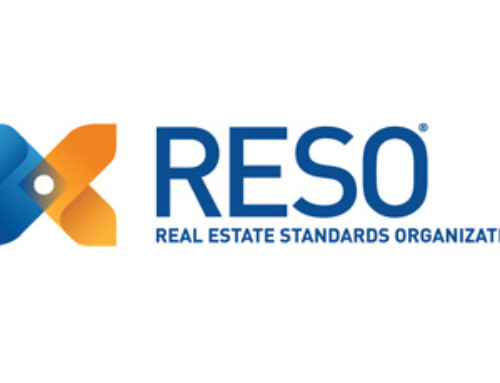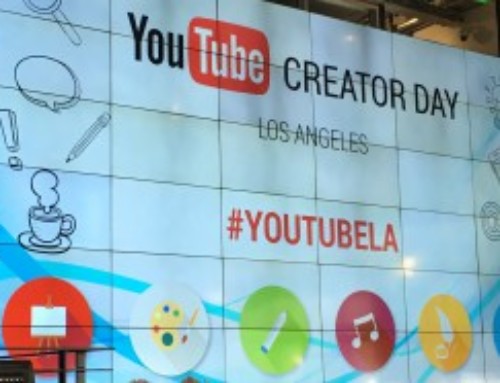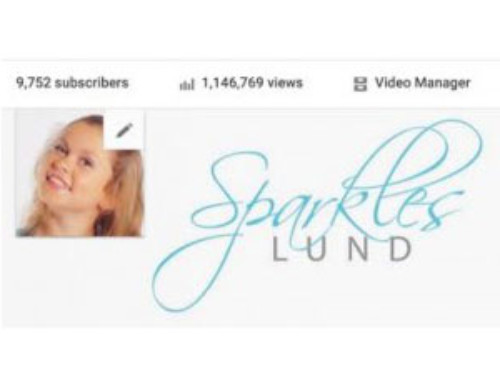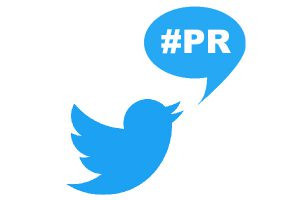 Twitter is probably one of the most ignored social media channels in real estate marketing and PR, which is remarkable considering its breadth and depth: 328 million monthly active users and 67 million of them in the U.S., a half-billion Tweets per day, and 80% of users access Twitter on their mobile devices.
Twitter is probably one of the most ignored social media channels in real estate marketing and PR, which is remarkable considering its breadth and depth: 328 million monthly active users and 67 million of them in the U.S., a half-billion Tweets per day, and 80% of users access Twitter on their mobile devices.
Okay, admittedly, Twitter also has 20 million fake users, and the profile of a “typical” Twitter user is (unfortunately) not a primary target for most brokerages: A young woman, with an average of 209 followers, using an iPhone. In fact, 37% of all Twitter users are between the ages of 18-29.
Underappreciating Twitter
Still, Twitter remains one of the largest and most influential social media channels in the U.S. 83% of world leaders have a Twitter account. And here’s the thing that the rest of the marketing world has discovered about Twitter: Consumers want to connect to brands via Twitter: 67% of users are likely to purchase from a brand they follow on Twitter. Also, Twitter is often the fastest path to reach a company to resolve a complaint. And companies on Twitter better be listening: 78% of people who complain to companies via Twitter expect a response with the hour.
Twitter can be THE most important PR tool for many companies to resolve what could become a customer’s fiasco before it becomes a public PR nightmare by using Twitter as a key engagement channel. Companies use Twitter to monitor and resolve customer complaints and some firms have found that Twitter can even be used proactively to prevent a negative backlash.
That’s what Delta Airlines did in July when it used Twitter to turn the tables on one of its customers. Delta moved passenger Ann Coulter to a seat that was different than the one she booked and Coulter unleashed a Twitter storm, attacking the airline – and in Tweets, called passengers derogatory names. Delta responded with a Tweet of its own that said “@AnnCoulter Additionally, your insults about our other customers and employees are unacceptable and unnecessary.” That was Twitter’s number one post, according to SocialBakers, in the U.S. for July: 214,615 interactions, including 174,359 “Likes.”
About The “Who”
The other key to understanding the value of using Twitter as a PR tool for real estate marketing is looking at who uses Twitter: real estate industry influencers, investors, as well as journalists and bloggers who have an interest in real estate and housing.
Targeting is a key part of strategic public relations, and understanding the “who” of Twitter makes one realize what a crucial tool it is. It does not have to be about the masses. It does not have to be about engagement. It simply has to be about making that occasional “touch” – reaching out to reporters and industry influencers and the money folks to remind them that you are alive and active.
Just like perhaps the remaining real value of a paid wire news release today is creating a digital footprint so potential customers, investors and others interested in learning about your company can see that you are active, growing and what you have been doing, and hear it in a voice that tells your story your way, which to me, is one of the great values of Twitter: leveraging your news with a very targeted audience that actually cares about what it is you have to say.
It’s not always about the most followers
John Heithaus, one of the most brilliant marketing minds I know in real estate (and I’ve known him for more than a couple of decades), once told me he had a list of about a dozen influencers in the real estate industry and if you could engage all of them to post and/or write about your company or new product, just about everyone in real estate would know about it.
I begged him, but John never gave me his secret list, but I know he is right and there really is such a list. We developed our own lists, including the most followed Twitter influencers in the business. It wasn’t hard to create a Top 25 list that included several journalists and others who blog regularly to realize that this industry is very well connected by only a couple of degrees of separation. But that also is why I believe that in some cases, less can be more.
For example, when I first said that Twitter is largely ignored in real estate marketing, I know that must be the case because even Zillow doesn’t have the most followers on Twitter. The last count I could find put them at #3, behind a RE/MAX guy in Central Florida at #1 in the “Housing” category, who at 793,000 followers, has nearly twice as many as Zillow.
Yet with Twitter, it does have to be about reaching someone who has the most followers. Yes, it would be amazing if Gary Vaynerchuk, with 1.5 million followers, would retweet for you, but he won’t, so don’t even ask.
But when Victor Lund, with his 7,700+ followers, does a retweet, that is going to get you attention among a very broad audience in real estate that follows Victor: real estate brokerage leaders, real estate technology management, MLS executives, Association leadership, Wall Street investors, basically the Who’s Who that runs and invests in the real estate and real estate tech industry.
Now I am on the other end of the spectrum, with a paltry 500+ followers – and zero bots, I might add. But the secret to the influence of my Twitter feed is like that old CNN ad in the early days when they were just building their audience: It wasn’t how many people were watching, it was WHO was watching: the U.S. Secretary of State, POTUS, etc. I am fortunate enough to work with so many journalists over the years that many of them follow me, as do many of the leading real estate franchises, and other industry leaders, as well as some of the top social media and marketing influencers inside and outside of real estate. Again, Twitter can be about the “who.”
It’s Not Always About Engagement
And there are times when even engagement does not matter. The other day, one of my business partners, WAV Group founder Victor Lund, was looking at my Twitter feed and challenging me that I wasn’t getting much “engagement.” He’s 100% correct, because right now, I am not on an engagement cycle. Let me explain.
PR for ourselves comes as our last priority, and most recently, my tweets were updates on some recent news coverage for clients, and mostly, coverage for my recent appointment to the Forbes Real Estate Council. I spent zero time trying to drive engagement on the last item. So my Twitter engagement is down because I have not been focusing on driving engagement. I use Twitter in cycles, not daily, and that may go against what the social media experts suggest, but I use Twitter tactically for PR and it has worked to achieve the role it plays among all the communications channels I use.
It Should Always Be About Leverage
I use Twitter for my clients to leverage their news coverage. When we generate a news release and then subsequent news coverage, that is the time for an engagement cycle. The key to Twitter for me is getting people’s attention and cutting through the clutter. Images really help, but headlines that are clever are better.
If the publication headline is weak, I’ll make it better. Crafting the right “hook” can drive engagement as can targeting by using the right hashtag. A big mistake that many people make is a headline that over promises. Too much real estate content on the Internet teases one thing and then woefully under delivers. Disappointing a trusted follower is not a wise practice and this tactic should be avoided at all costs, so be careful not to use a headline that over promises, even if it is the one the publication actually used. Make it match: the content and the headline should really work well together. Even if you are re-tweeting a different take on the same story, be creative and look for a different spin to promote, because that will connect with a different reader.
Give Twitter a Chance
What I have outlined here is just a very basic use of Twitter as a PR tool, to give you an idea of some of the things that can be done as a matter of routine, as part of any real estate marketing program. We do a lot more with Twitter, including interacting with client Twitter accounts, engagement activities at Conferences, and we takeover our clients’ Twitter accounts at conferences they put on to generate massive reach and engagement in just a few days. But for many folks in real estate, just integrating some Twitter basics into your marketing and PR tactics would be a smart beginning. Perfect that, and then build more into your Twitter strategy as you learn more, but don’t continue to ignore one of the best social channels available to business.
Interested in having WAV Group provide a comprehensive overview of your communication, PR, and Social Media strategy? We are happy to take a look and provide some advice. Call or email Kevin.
